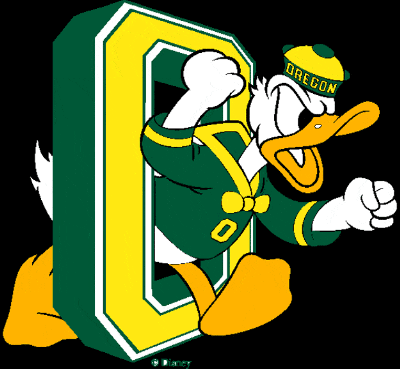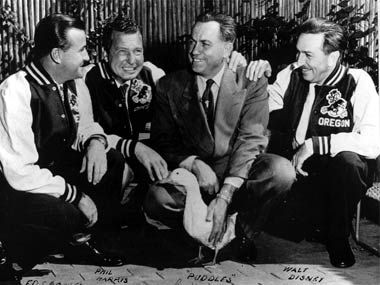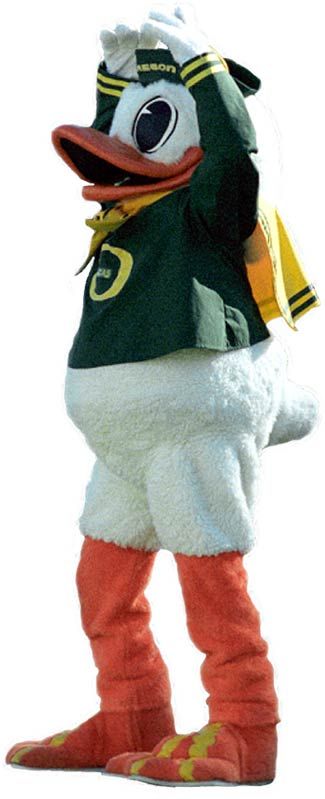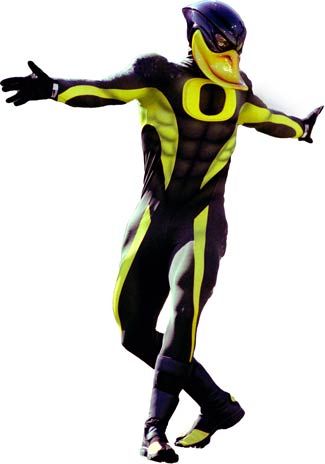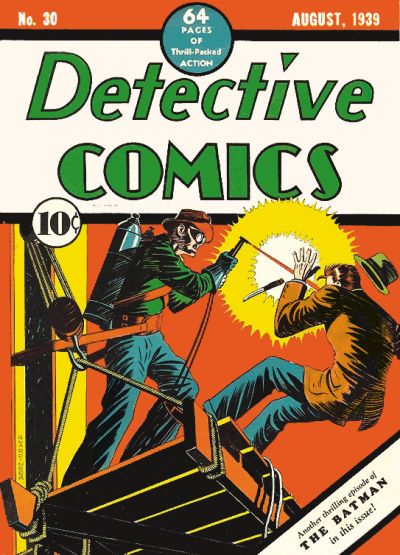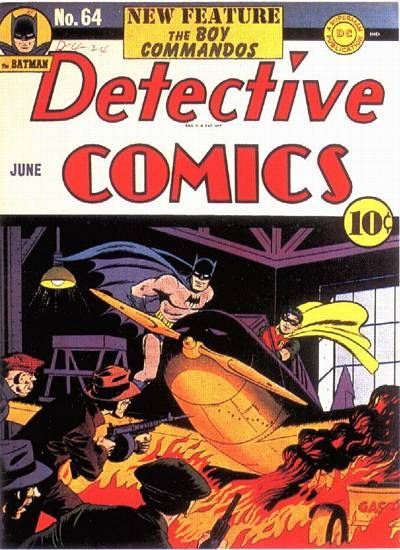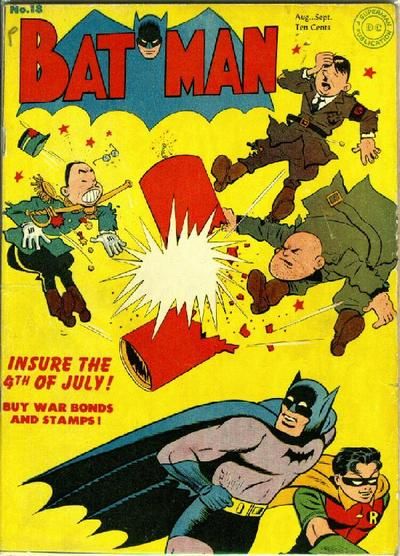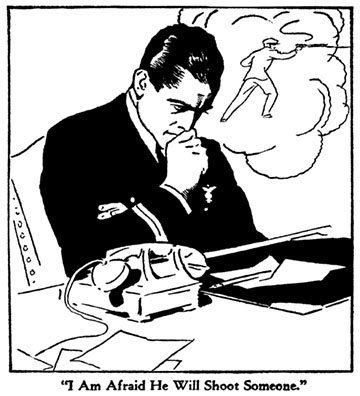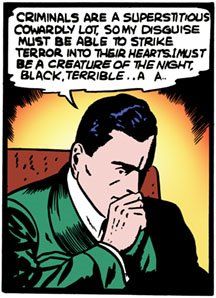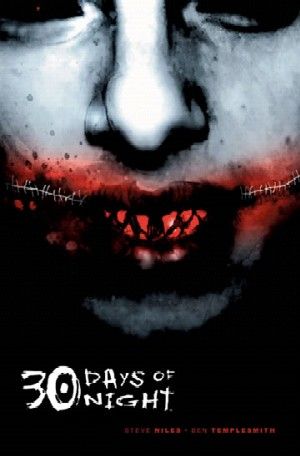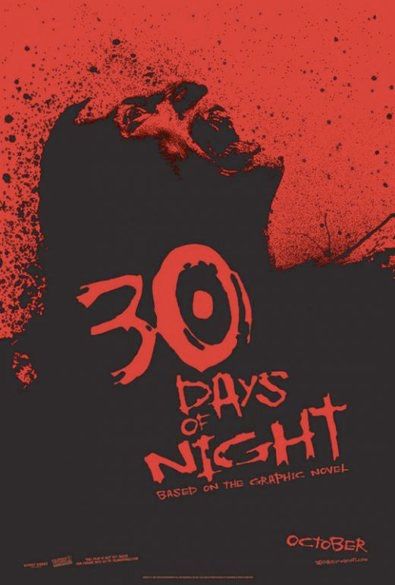This is the one-hundred and twenty-seventh in a series of examinations of comic book urban legends and whether they are true or false. Click here for an archive of the previous one-hundred and twenty-six. Click here for a similar archive, only arranged by subject.
Let's begin!
COMIC URBAN LEGEND: The University of Oregon has a special agreement with Walt Disney to use Donald Duck as their mascot.
STATUS: True
Awhile back, poster Jim made the following comment:
[H]ow about the details on the University of Oregon's "duck" mascot, which is 99% Donald, no question. Rumor always had it that there was a deal of some sort between the UO and Disney, but I don't know any details
The details of their duck is, indeed, a fascinating subject.
The Oregon Ducks' first school nickname was the Webfoots, a term referring to fishermen of the area during the 19th Century. Eventually, "Webfoots" was shortened to, and then kept as, "Ducks."
This was especially prominent during the 1920s and 30s, when the school began bringing a live duck to their games as the school's mascot. This practice was eventually discouraged.
Depictions of the duck began to proliferate in school newspapers, and the duck began to be drawn looking like Donald Duck. And so their team logo and mascot was, essentially, Donald Duck. In the late 40s, the Walt Disney company began to notice, and disapproved.
Luckily, Oregon Athletic Director, Leo Harris, was a close friend with an employee at Disney, and managed to set up a meeting with Walt Disney himself. Harris flew to Los Angeles to ask Disney to allow them to continue using Donald as their mascot. Disney agreed, and the two shook on the deal (without, though, formalizing the agreement through a written contract).
At the time, the following photograph was taken, which becomes important later.
Oregon continued to use Donald for the next couple of decades, until Disney passed away in 1966. At this point, Oregon was quite mindful of the fact that they did not actually have a written contract with Disney. When the company asked them about their deal, all they had to prove it was, well, the photograph itself!
Ultimately, Disney decided that the photo was fairly good evidence as to Walt's intent regarding the school's mascot, so they eventually signed a written contract allowing Oregon to maintain Donald as their mascot, with the caveat that it was only for school functions and any merchandise bearing Donald could only be sold in Oregon, with the profits split between the University and Disney.
While such a deal made sense to Oregon at the time, by the turn of the 21st Century, such an agreement was pretty limiting, as sales of college football merchandise was now a national enterprise.
Around this same time, Oregon coincidentally introduced a new, ADDITIONAL duck mascot, which they said was just an attempt to have a separate, more agile mascot to accompany Donald.
That might be the case, or perhaps it was a hint to Disney that they would be prepared to replace Donald if the contract was not re-negotiated.
In any case, a new agreement WAS eventually signed, but I do not know what the terms are. I note that I can't seem to find any available merchandise online with Donald on it, so I guess the terms didn't change much.
I believe Oregon has dropped their newer mascot, by the way. Although all you Oregon fans out there can let me know for sure!
Thanks to Jim for the suggestion and to Brad Schmidt at the Oregon Daily Emerald for the information!!
COMIC URBAN LEGEND: Bob Kane did not draw a Batman comic by himself after the very first issue.
STATUS: False
I used a legend by J.C. Stewart just the other week, and after that one, he sent me two more. I am still working on the latter, but here is the skinny on the former...J.C. asks :
Bob Kane's pretty famous for using ghosts. Even though his name was listed as penciller for every Batman story for more then 30 years is it true the only Batman story Bob Kane ever pencilled was the first Batman appearance in Detective 27 ?
It is true that Bob Kane has quite the reputation for allowing other artists to draw in his name. However, that was not ALWAYS the case, and it was definitely not the case for the first few issues of Detective Comics, featuring Batman.
In Detective Comics #30, however, Sheldon Moldoff joined Kane as a background penciler, and from this point on, although Moldoff, Jerry Robinson and George Roussos all credit Kane with pencils for a few years after this, I cannot tell you HOW much of the work was Kane and how much of it was his collaborators. It might very well be a case of Kane doing some loose breakdowns and the others filling in the rest.
For better of for worse, Kane DID do SOME pencils for Detective Comics and its sister mag, Batman, for a number of years. How much, I cannot say.
Kane's last issue of Detective was 1942's #64...
and his last issue of Batman was 1943's #18...
I believe he continued doing the Batman newspaper strip for awhile (although, again, how much of it should be credited to him, I cannot say). When he returned to comics, though, it was with ghost artists doing his work, as was the case for the rest of his career drawing Batman.
What's amusing to note is that even when he WAS drawing the book, he was known for doing a number of swipes (to be fair, practically EVERY artist did swipes back then).
DSK, at his cool blog, The Vallely Archives, shows how Kane seemed to swipe heavily from other works, including prominently, Henry Vallely.
Here is one example:
Vallely -
Kane -
As you might notice, while Kane certainly SWIPED Vallely, it does not appear as though he actually lightboxed it. Instead, he just appeared to have re-drew it by sight. A lot of artists drew like that, taking certain poses/panel layouts.
So yes, while Kane might have not done a LOT of Batman art over the years, he definitely did SOME, and for the first few issues, he did it ALL.
Thanks for the question, J.C.! I'll try to find out more info on the second one (it is also about Kane - the infamous "Clown Painting" story that Arnold Drake told a lot - I've yet to find any info outside of "Arnold Drake told the story a lot").
EDITED TO ADD: David Frankel wrote in to share this link to the now returned Dial B For Blog, where we take a look at Kane swipes.
Not Blog X shares this link from Mark Evanier's excellent website, where he discusses Kane's drawing ability.
COMIC URBAN LEGEND: 30 Days of Night was a movie pitch BEFORE it was a comic book series.
STATUS: True
The success of Steve Niles and Ben Templesmith's 30 Days of Night comic was an influential event in comic book history, as the series demonstrated to many others the value of having a comic book to use to make a movie pitch. Soon, a great deal of independent publishers began to look at comic pitches as basically, "Could this be optioned for a film?"
Reader Kris N., though wrote in last week to ask, "Is it true that 30 Days of Night was a movie screenplay before it was a comic?"
And the answer, interestingly enough, is basically yes.
I say basically only because it was not actually a screenplay, but the development from comics to film for 30 Days of Night did, in fact, begin in the realm of film.
I think Steve Niles can tell the story better than I can, so here he is, courtesy of an excellent article by Scott Collura & Eric Moro over at IGN.com:
"I pitched it as a movie for two or three years," recalls Niles, who prior to 30 Days has been best known for his work in the comics industry. "I pitched it to just blank faces. And they'd say, 'It sounds like Buffy, it sounds like Buffy.' And honestly I had just about given up."
Following the rejection of the 30 Days pitch, Niles continued to focus his energies on his comics work, writing various books for Todd McFarlane including Spawn: The Dark Ages and Hellspawn. It was on the latter comic that he first worked with Ben Templesmith, a first-time artist who would go on to partner with Niles on the 30 Days comic.
"It was just one of those weird things," says the scribe. "Ted Adams from IDW called and said, 'We want to do some comics. We can't pay, there's no money, but you can do whatever you want.' So I just pulled out a sheet of my pitch list and said, 'Here's pitches that nobody ever bought.' And he was like, 'This vampire in Alaska thing looks kind of cool!' Ben liked it, IDW wanted to do it, so we just did it and didn't get paid a dime. And the day the ad for the first issue hit, we started getting calls from every studio, every producer, even people I had pitched before. People to this day deny that they rejected it, and I love it! Even one of the producers on the movie had originally rejected it."
Pretty darn cool progression, eh?
Thanks to Kris for the question, Niles for the info and Scott Collura and Eric Moro for writing the article!
Okay, that's it for this week!
Feel free (heck, I implore you!) to write in with your suggestions for future installments! My e-mail address is cronb01@aol.com.
See you next week!

